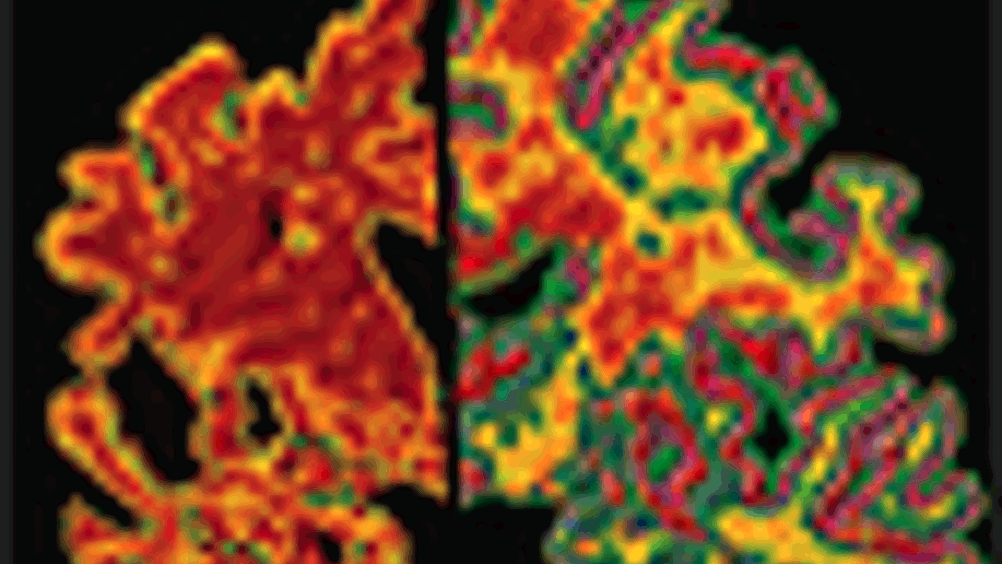Vision recognition
Four US research institutions have each received a $500,000 grant to develop new computational models of how the brain's visual system learns to recognise objects.

Four
research institutions have each received a $500,000 (£286,000) grant from the US
to develop new computational models of how the brain’s visual system learns to recognise objects.
The project’s researchers - at
Results from psychophysics, neuroscience and computational modelling show that the rapid recognition of everyday objects can be explained by viewing the brain’s visual cortex as a multi-layer, feed-forward system in which the neural activity propagates from the eye to the higher brain areas, with little feedback from the higher layers to the lower layers.
Yet, there are as many feedback connections as feed-forward connections in the visual cortex, and the researchers will seek to understand their role.
Register now to continue reading
Thanks for visiting The Engineer. You’ve now reached your monthly limit of news stories. Register for free to unlock unlimited access to all of our news coverage, as well as premium content including opinion, in-depth features and special reports.
Benefits of registering
-
In-depth insights and coverage of key emerging trends
-
Unrestricted access to special reports throughout the year
-
Daily technology news delivered straight to your inbox










Breaking the 15MW Barrier with Next-Gen Wind Turbines
Hi Martin, I don´t have any detailed parameters for the 15MW design other than my reading of the comment in the report ´aerodynamic loads at blade-tip...